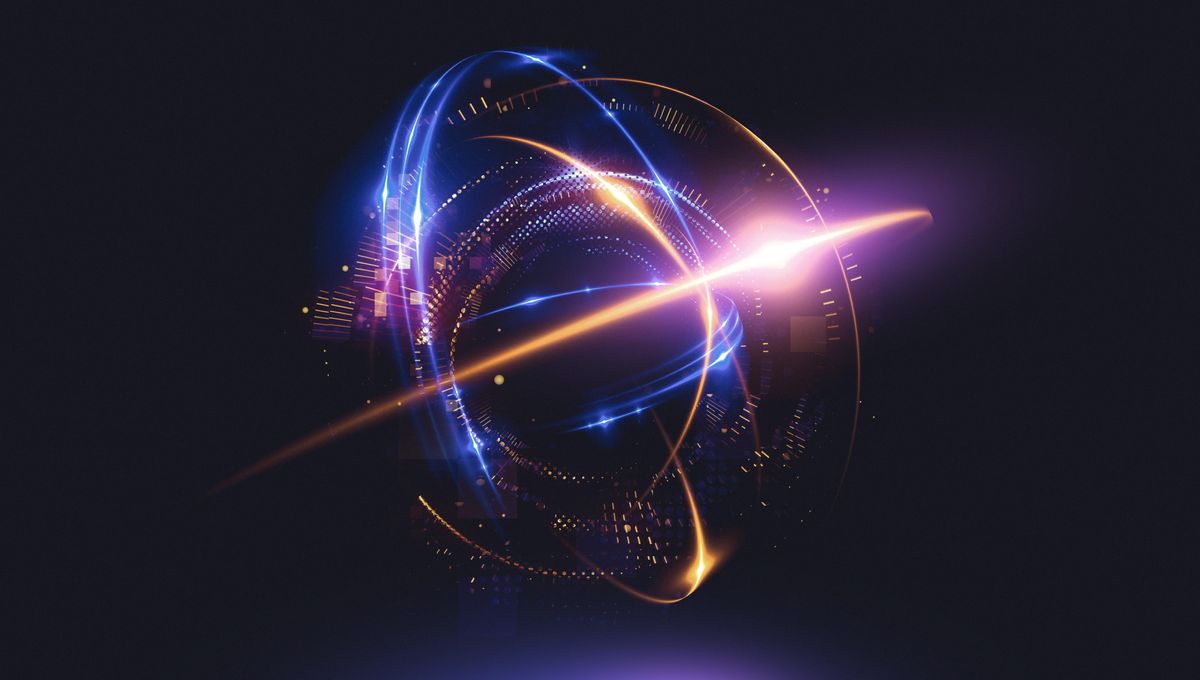
The intervals of time we can capture with devices are getting shorter, opening up a window on physical phenomena we have yet to study. Researchers at the University of Arizona have announced the development of the world’s fastest electron microscope, which can capture an interval of a single attosecond.
An attosecond is a mindboggling fraction of time. It is equivalent to one billionth of a billionth of a second. To make a comparison, the number of them in a second is roughly the same as the number of seconds since the universe began 13.7 billion years ago.
Electron microscopes use lasers to generate a pulsed beam of electrons. These beams are used to see the study subject and the shorter they are, the faster and better the image. Up to this device, the beams were a few attoseconds long, so if they were used to study the motion of a separate electron, they’d miss part of the action. At one attosecond, electron motion can be captured in freeze frames as the speed of the beam matches that of the target electron.
“When you get the latest version of a smartphone, it comes with a better camera,” senior author Mohammed Hassan, associate professor of physics and optical sciences, said in a statement. “This transmission electron microscope is like a very powerful camera in the latest version of smartphones; it allows us to take pictures of things we were not able to see before – like electrons. With this microscope, we hope the scientific community can understand the quantum physics behind how an electron behaves and how an electron moves.”
This breakthrough builds on decades of research in attosecond physics, which was honored last year as three of its pioneers – Pierre Agostini, Ferenc Krausz, and Anne L’Huillier – received the Nobel Prize in Physics. Despite the years of work, the field remains pretty young and with so much potential yet to be achieved.
“It’s still at the beginning and it’s still very much basic research. But the idea is we start to control [electrons]. We are able to measure the motion of electrons in matter. And maybe, possibly we can control a little bit this motion. And this could be important to possibly control some chemical process, possibly biological process later on,” Nobel Laureate Professor L’Huillier told IFLScience in an exclusive interview.
The new electron microscopy approach uses ultrashort light pulses, the basis of attosecond physics, together with an electron beam pulse. It is the careful synchronization of the pulses that has been able to deliver the ability to observe the ultrafast processes at the atomic level.
“The improvement of the temporal resolution inside of electron microscopes has been long anticipated and the focus of many research groups, because we all want to see the electron motion,” Hassan said. “These movements happen in attoseconds. But now, for the first time, we are able to attain attosecond temporal resolution with our electron transmission microscope – and we coined it ‘attomicroscopy.’ For the first time, we can see pieces of the electron in motion.”
The study is published in the journal Science Advances.
Source Link: World’s Fastest Microscope Can See Electrons In Freeze-Frame Motion